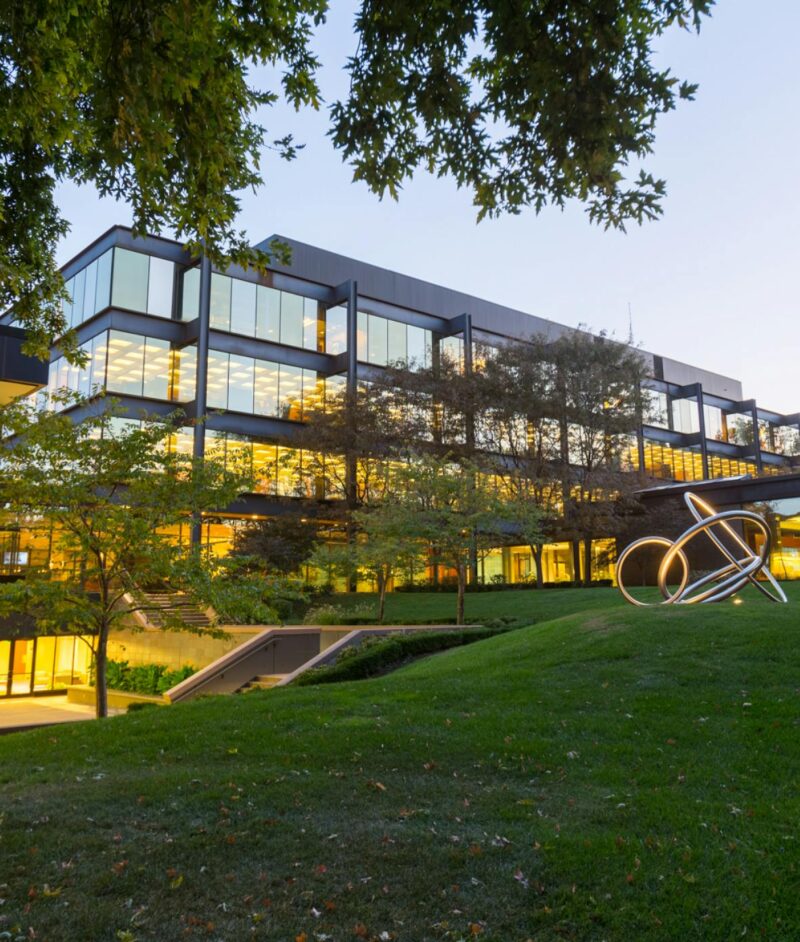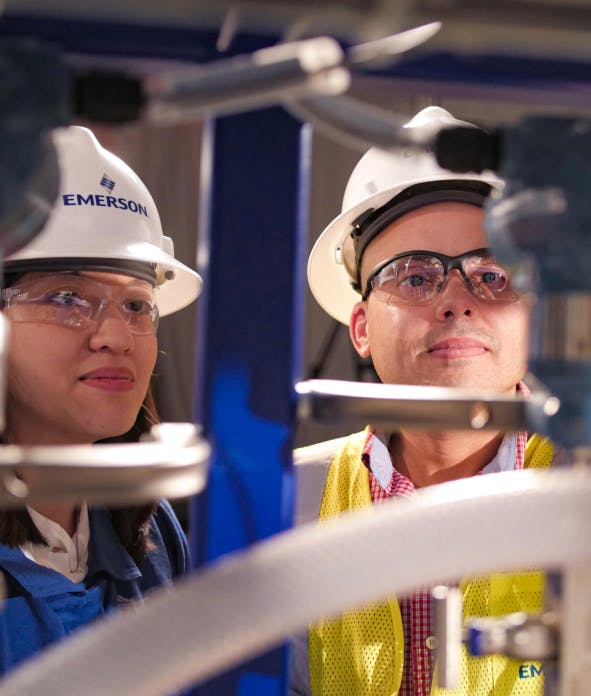CASE STUDY
How Emerson took their RPA program to the next level with Robocorp
The Fortune 500 industrial solutions company was an early adopter of Gen1 RPA in the industrial sector and built hundreds of automations as part of its digital transformation journey. But when inflexible architectures and licensing models constrained their ability to automate mission-critical processes and meet their internal SLAs, Emerson turned to Robocorp.



The client
Emerson makes the world healthier, safer, and more sustainable.
Emerson delivers innovative products and engineering services to industrial, commercial, and consumer markets. They serve the world’s most essential industries and solve the biggest challenges of modern life.
The company established a center of excellence (CoE) to manage the technology and operations of Emerson’s automation program. Led by Paul Ferguson, VP of Global Financial Services, they were an early adopter of robotic process automation (RPA) technology and have deployed hundreds of automations to all areas of their business.
THE PROBLEM
Slow processing, missed SLAs, and lots of headaches.
Emerson chose a Gen1 RPA provider years ago as their RPA platform and automated a wide variety of mission-critical processes, including finance operations, complex order management, and supply chain processes with tight SLAs.
One such automation released customer orders which involved collecting files from SharePoint that had to be processed through multiple screens within their Oracle Enterprise Business Suite (EBS) ERP. While the automation was complex, the business required all files to be processed within five hours.
“Robocorp gave us freedom from licenses and improved scalability”
PAUL FERGUSON, VP GLOBAL FINANCIAL SERVICES
THE SOLUTION
With the help of an advisor, Emerson surveyed the RPA landscape for traditional and open-source options.
With a robust Python-based open-source framework for building bots, the ability to scale automations up and down on-demand via cloud-based orchestration, and a simple consumption-based pricing model, Robocorp became Emerson’s partner of choice.
“Using Robot Framework and Python removes the limitations, and I feel like a ‘real developer’”
MARVIN ROJAS, LEAD DEVELOPER, EMERSON INTELLIGENCE AUTOMATION CENTER OF EXCELLENCE
GETTING STARTED
This concept of “reusable components” is central to Emerson’s strategy.
After working with Emerson’s team to pilot one of their critical use cases, we began the conversion process by first analyzing their existing Gen1 provider automations for common objects that can be managed centrally in a source code repository for reuse in future automations. This concept of “reusable components” is central to Emerson’s strategy.
Working with Robocorp, Emerson can run 16+ sessions on one server and has achieved 100% adherence to the SLA. Their Gen1 environment would require 16 servers and 16 licenses, which increases maintenance costs and adversely impacts the ROI.
When converting the Gen1 bots to Robocorp, several members of Emerson’s automation team had programming experience. Still, most were primarily familiar with UI-based drag-and-drop automation tools. In a short time, they were able to become proficient in Robocorp’s ability to automate at all levels of the application stack, including UI, locators, UI elements, API, data, etc., as well as the ability to scale workloads up and down dynamically, and quickly became self-sufficient due to the power of the Python ecosystem and accessibility of Robot Framework’s human-readable syntax.
After a few short sessions with Robocorp’s onboarding team and 24/7 support tools, the Emerson automation team built dynamic digital workers leveraging existing objects from Robot Framework, such as the RPA Java Access Bridge library, and new keywords using Python. They were able to migrate high-consuming Gen1 bots quickly and create new automations leveraging reusable objects.

“We didn’t want to refactor different variations across multiple processes. Instead, we wanted a modern approach to developing automations such as cloud repositories and a cloud-native orchestrator to make future development faster and lower infrastructure costs.”
Paul Ferguson
VP of Global Financial Services at Emerson
Robocorp’s Gen2 digital workers helped Emerson…
We use parallel processing to break large workloads into smaller work items, so jobs process much faster and with no limits. In the end, these extensive automations run much faster but on a fraction of the infrastructure required by their Gen1 provider, resulting in consistently achieved SLAs.
Users can adjust their digital workforce up and down – either in the cloud or on-premises – without runtime limits or licensing overhead.
No up-front licensing fees and simple consumption-based pricing, along with infrastructure savings, greatly enhanced the ROI of these bots.
Bots work across multiple application layers, which reduces bot fragility and improves processing accuracy, while the ability to maintain reusable automation components centrally reduces maintenance overhead.
Developers use composable building block code to create and reuse functionality across multiple development teams from centralized template libraries.
No need to rip and replace current technology that works well. Robocorp’s digital workers complement and extend the functionality and value of prior investments by integrating with Citizen Development tools like Microsoft Power Automate to automate end-to-end processes better.
The Results
Emerson’s internal stakeholders are happier, rework has been virtually eliminated, and they no longer need bolt-on applications for orchestration.
100%
SLA Compliance
75%
Reduction in Infrastructure
72%
Faster Processing
Looking ahead
The Emerson team continues to innovate. In parallel with converting early Gen1 bots, they are also exploring new use-cases related to finance operations, cases like credit-to-cash, invoice-to-pay, and month-end close activities. Robocorp is proud to be a strategic partner in this endeavor.